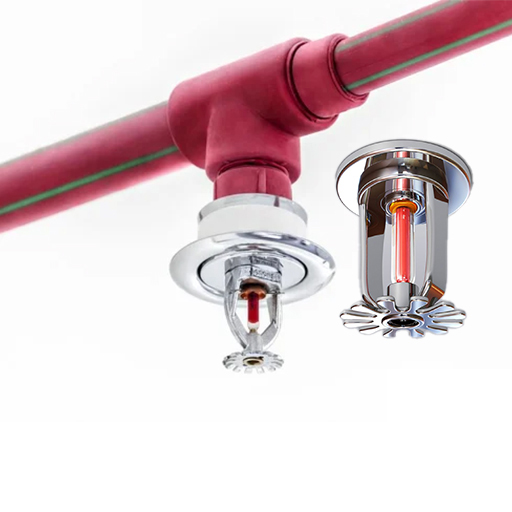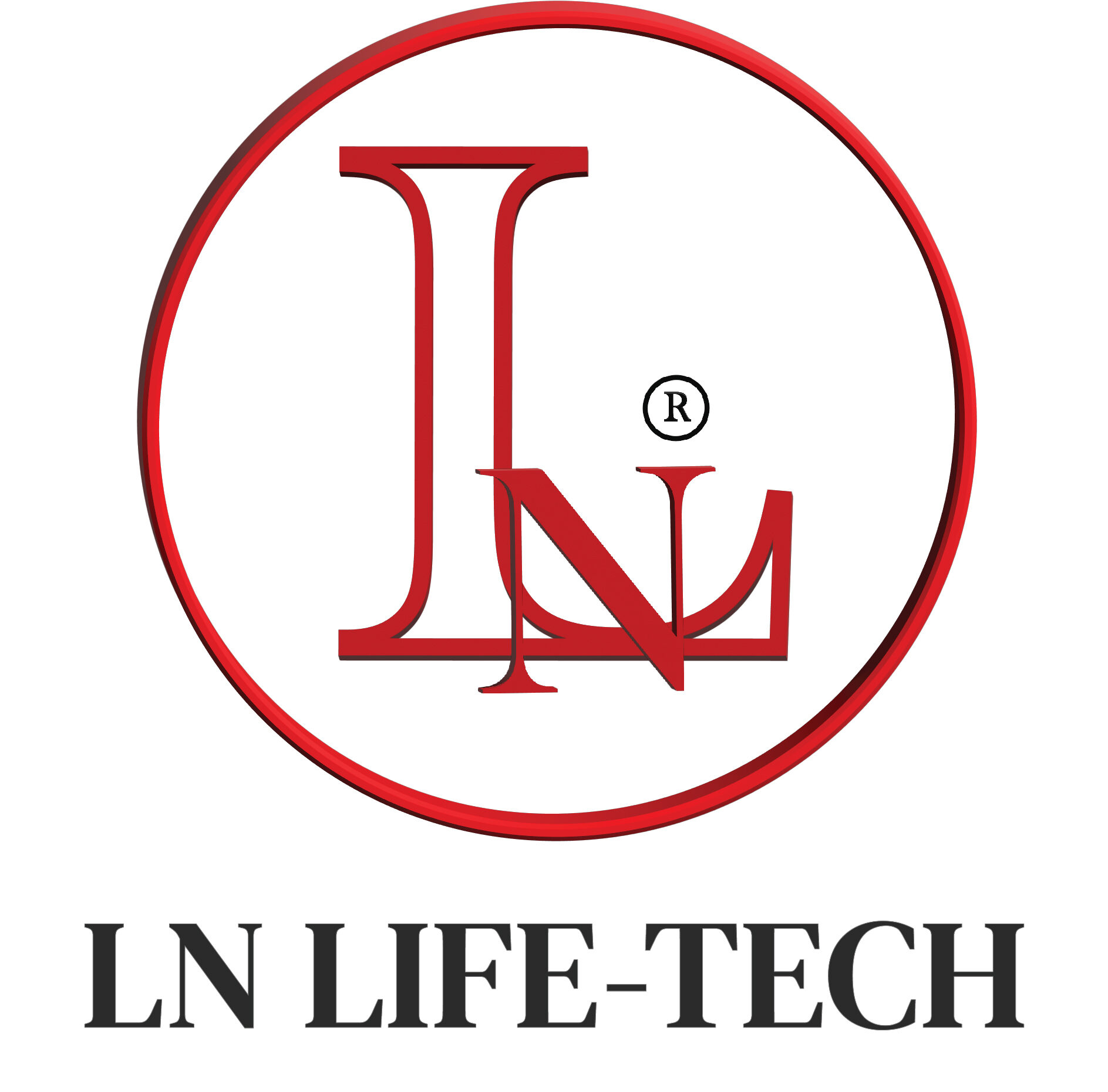Sprinkler System

A sprinkler system is a fire protection system designed to automatically detect and extinguish fires in buildings or industrial facilities by spraying water or other extinguishing agents over the affected area.
It consists of a network of pipes, sprinkler heads, control valves, and a water supply source. When a fire is detected, the sprinkler system activates, releasing water or other agents to suppress the fire and prevent its spread.
There are several types of sprinkler systems, each with its own unique design and application. Here, we’ll explore some of the most common types:
I. Wet Pipe Sprinkler System:
- The wet pipe sprinkler system is the most common type of sprinkler system used in commercial buildings, offices, and residential properties.
- It consists of pipes filled with pressurized water, connected to sprinkler heads positioned throughout the building.
- When a fire is detected, the heat activates the sprinkler heads, allowing water to flow immediately onto the fire.
- This system is simple, reliable, and cost-effective, making it ideal for most applications.
- Dry Pipe Sprinkler System:
II. The dry pipe sprinkler system:
- It is used in environments where freezing temperatures are a concern, such as unheated warehouses, parking garages, and outdoor areas.
- Unlike wet pipe systems, dry pipe systems are filled with compressed air or nitrogen instead of water.
- When a fire is detected, the air pressure is released, allowing water to flow into the pipes and out of the sprinkler heads to extinguish the fire.
- Dry pipe systems are more complex and expensive to install and maintain but are necessary in environments where water may freeze and damage the pipes.
III. Pre-Action Sprinkler System:
- The pre-action sprinkler system is a hybrid of wet and dry pipe systems and is commonly used in areas where water damage must be minimized, such as data centers, museums, and libraries.
- In a pre-action system, the pipes are filled with air or nitrogen, similar to a dry pipe system.
- However, water is held back by an electrically operated valve until a fire is detected by a smoke or heat detector.
- Once a fire is detected, the valve opens, allowing water to flow into the pipes and out of the sprinkler heads to extinguish the fire.
- Pre-action systems are highly reliable and provide an added layer of protection against accidental water discharge.
IV. Deluge Sprinkler System:
- The deluge sprinkler system is used in high-hazard environments such as chemical storage facilities, power plants, and aircraft hangars.
- Unlike other systems, all sprinkler heads in a deluge system are open, allowing water to flow freely when the system is activated.
- Deluge systems are typically activated by heat or smoke detectors, fire alarms, or manual triggers.
- These systems are designed to quickly flood large areas with water to suppress fires involving flammable liquids, gases, or combustible materials.
V. Foam Sprinkler System:
- Foam sprinkler systems are used in areas where water alone may not be effective in suppressing fires, such as chemical processing plants, refineries, and aircraft hangars.
- These systems use a mixture of water and foam concentrate to create a foam blanket that smothers the fire and prevents reignition.
- Foam systems can be wet pipe, dry pipe, or pre-action systems, depending on the application and environment.
- They are highly effective in combating fires involving flammable liquids, combustible materials, and polar solvents.

